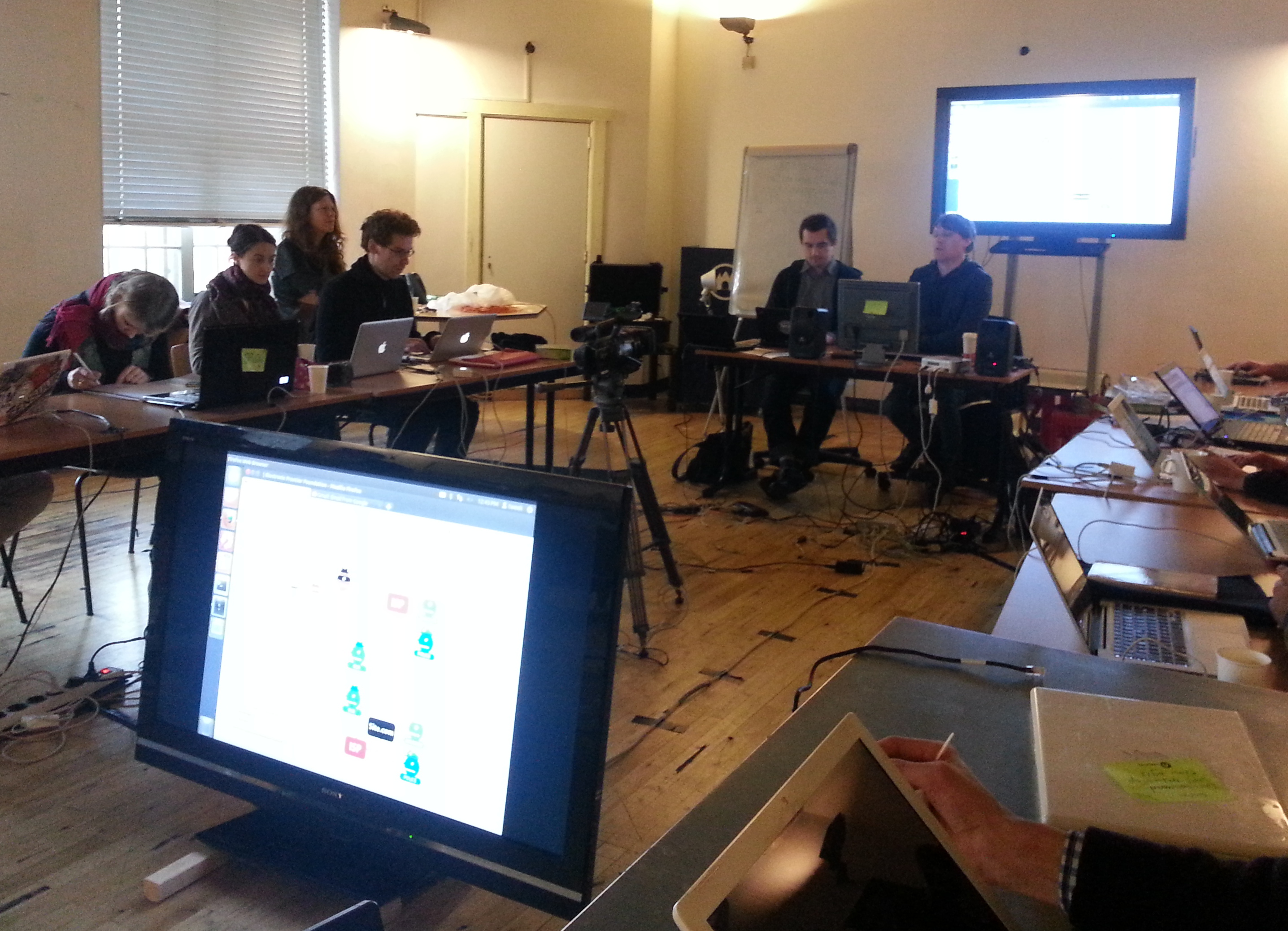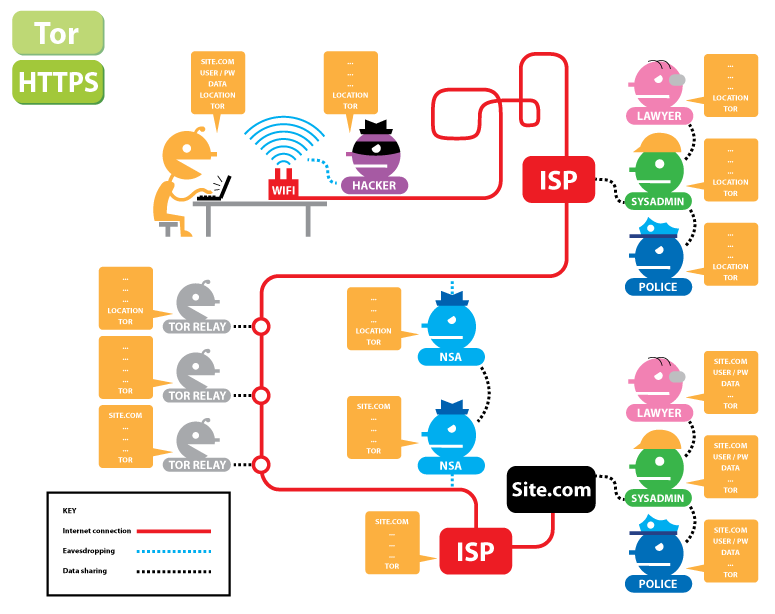Earlier this year I visited the Caledonian Academy (part of the Glasgow Caledonian University). Their work focuses solely on technology-enhanced and professional learning. I spent most of a day exploring their delightful areas of research and have now finally found the time to write it all up.
Learning from Incidents
Dane Lukic worked with the Energy Institute and Hearts and Minds (check their set of tools) in the Learning from Incidents project. He created a set of outputs.
In the project they combined the literature around Safety with the literate on Learning. Learning is usually a blind spot when it comes to “Learning from Incidents”. Most approaches come from safety science which is mainly based on engineering (i.e. ergonomics, human factors). In his research Dane used a “Change Laboratory” method (based on Finnish research). This is a way to analyze problems in which you have as many people from the site as you can together, meet in a set of workshops and present a “mirror” as an external view.
Two models were developed through these workshops: a conceptual framework and a cycle model:


Next to developing these models Dane learned some interesting things:
- Face-saving and blame are important elements: you should be aiming for double-loop learning.
- Currently the approach isn’t changed on the basis of the type of incident: simple, complicated, complex or chaotic (e.g. “best practices” only work for simple problems, not for complex problems). Instead we only look at the level of the hazard.
- Often it is thought that we have learned once we have disseminated. That is like giving students books and saying that they have learned.
- You should allow and encourage people to give feedback during the contextualization phase and these should get “feedback on their feedback”.
He is now working on Learning from Incidents Engage (to be finished in June this year), a toolkit on the basis of his PhD work. It will include a questionnaire (780 respondents), an online model of the cycle, a set of recommendations and a Learning from Incidents engagement session (i.e. how can you run a session that helps with improvement). The toolkit will be online and should grow through use. Other staff working on Learning from Incidents are Allison Littlejohn and Anoush Margaryan.
Open Educational Resources (OER)
Isobel Falconer and Allison Littlejohn talked to me about a few Open Educational Resources (OER) related projects and studies. The OER4Adults investigates the work and learning practices evolving through the use of OERs. It builds on the earlier UKOER which explores the social aspects of open educational and open knowledge practices in the public and private sectors. Other staff working on OER are Lou McGill and Helen Beetman.
They find that increasingly the private sector (commercial publishers) and higher education collaborate around OER and are interested in exploring the ways that lifelong learners make use of these materials. A lot of the OERs are around providing content, but there are also examples of community formation around them. Take for example Community Energy Scotland.
The professional practice around Open Educational Resources is in development. They found that it really makes people think differently when they start to think about openness. There are many issues to explore. For example: is the license important or is it just access that is relevant (making the learning barrier free). How can the student expectation of being lectured (“it is far more efficient if they tell me, rather than me finding it out myself”) be overcome? What are the barriers of the community? How does trust work? How to deal with the conflicting motivations between people and institutions? How to deal with academics who only blog and stop writing articles (and how does that relate to the Research Excellence Framework)?
Work and Learning at the Boundaries of Knowledge
Pia Fontana and Colin Milligan talked to me about a project titled Work and Learning at the Boundaries of Knowledge which aims to surface, describe and systematize the strategies that knowledge workers use to self-regulate the learning they undertake to maintain expertise and support the generation of new knowledge. Other staff working on the project are Anoush Margaryan and Allison Littlejohn.
For Self Regulated Learning (or SRL) they used Zimmerman’s thinking who has a social cognitive perspective on it. Zimmerman says that there are three cyclic phases:
- Forethought phase where goal setting behaviour is important
- Performance or Volitional Control phase (or implementation) where it is about strategies and devoting attention
- Self-Reflection phase where it is important to measure yourself internally or externally
They did research on SRL in the Change 2011 MOOC. They are still analysing the results but will likely have a typology of SRL activities and strategies of knowledge workers when they are done. Collin has already written about some initial findings on his blog.
The Caledonian has done some very interesting earlier work on what they call Charting (also see their wiki:

“Consume, Connect, Contribute, Create”
This reminded me a lot of Harold Jarche’s Personal Knowledge Management (PKM) (“Seek, Sense, Share”), Scott Leslie’s work on PLE diagrams or Shell’s “Ask, Learn, Share”:
[vimeo http://vimeo.com/3471571]
Most of these miss the important part of goal-setting which is an integral part of the charting methodology.

